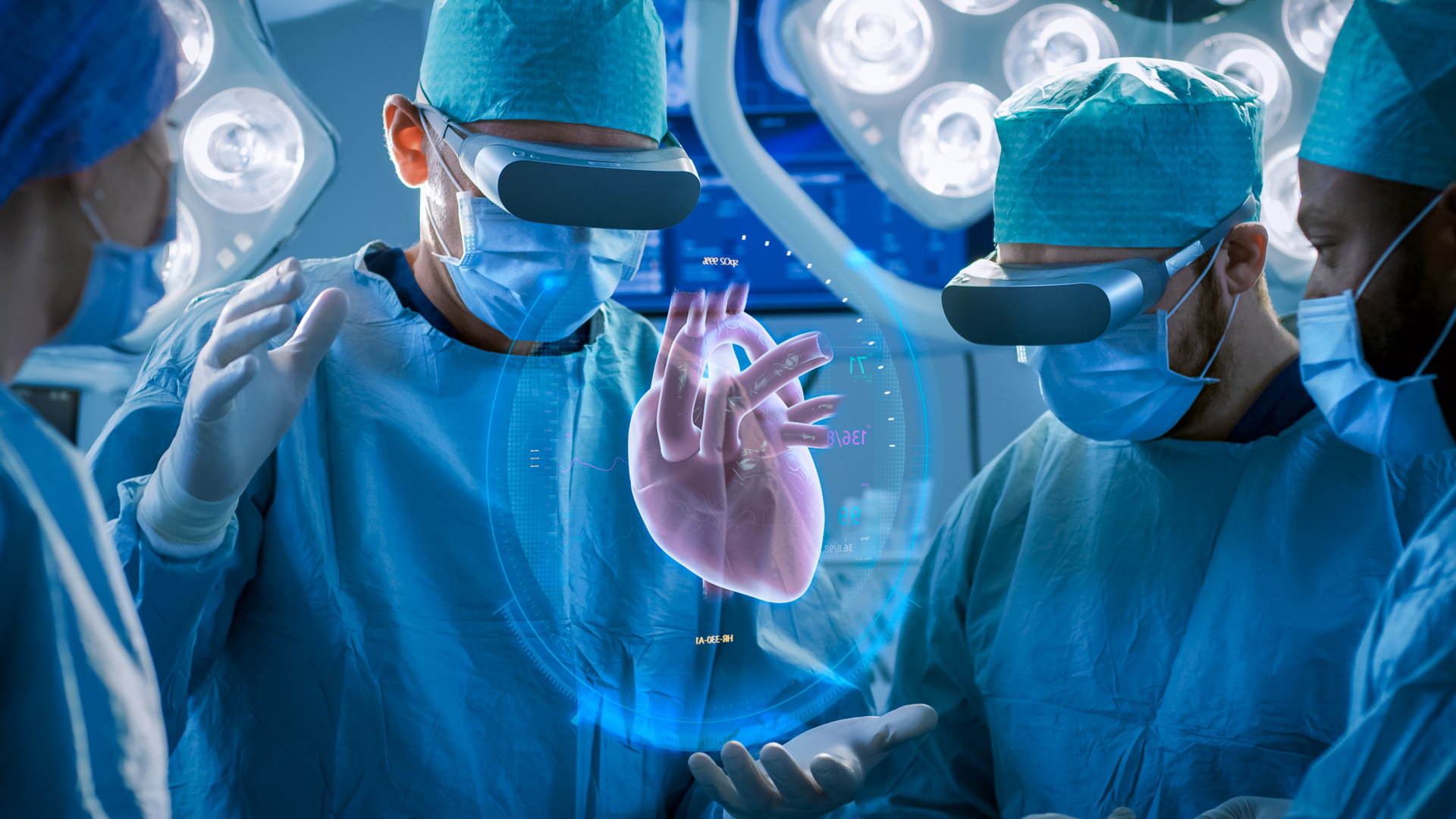Since its introduction, surgical simulation has become a central component of the way doctors, nurses, and healthcare professionals learn and ply their craft.
But let’s begin by establishing a definition, as surgical simulation can cover a wide range of technologies and tools: encompassing everything from physical models of the human body for students to train with, to virtual conveyance of medical concepts to explain complex procedures.
For the purposes of clarity: we’ll be focusing mainly on the digital end of the spectrum. That is, animation to communicate healthcare concepts, or virtual reality to train future doctors, for instance.
- According to Accenture, 52% of people – more than half of us – are “healthcare illiterate.” (as reported in Fierce Healthcare.) This speaks volumes about the complexity and profundity of medical concepts. With the exception of healthcare practitioners (who undergo years of training in order to wrap their heads around core medical concepts and procedures), the average person is simply not equipped with knowledge around these topics.
- Equally, the doctors and nurses of tomorrow must grapple with an incredibly varied amount of subject matter: from neurology to podiatry, and everything in between. As a result, the medical training world is constantly on the hunt for new and efficient ways to educate students.
Surgical simulation – with its capacity to convey complex information concisely, and boost information retention – could represent a solution on both fronts.
Today, we’ll take a closer look at the digital forms of surgical simulation. We’ll overview its history, before exploring the ways it can prove useful to both healthcare practitioners and patients, before arriving at the universal benefits of this novel and dynamic field.











